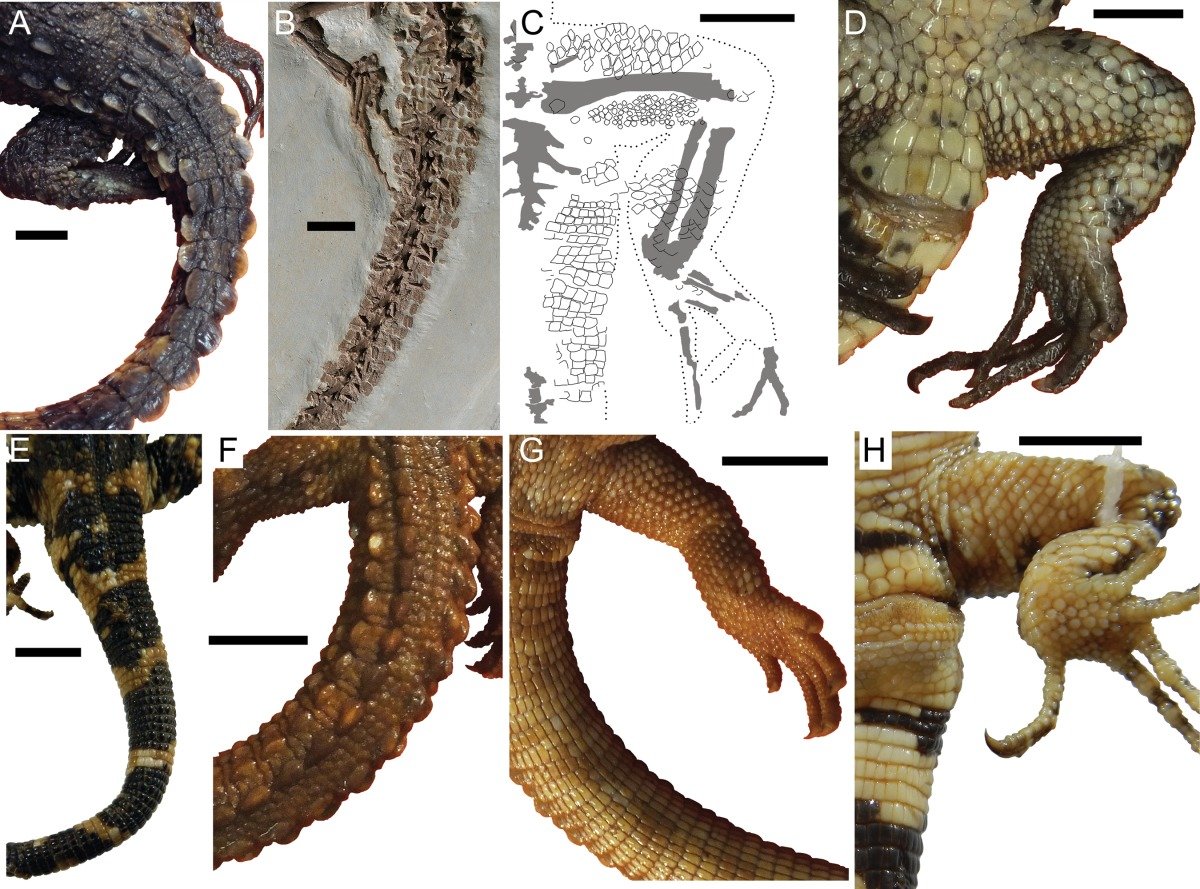A 560-million-year-old fossil representing the oldest known predator has been identified by scientists.
The 560-million-year-old specimen, found in Charnwood Forest in Leicestershire, was probably the forerunner of the cnidaria, the group of species that today includes jellyfish.
The researchers named it Auroralumina attenboroughii in honor of Sir David Attenborough.
- Should the New York Jets give DT Ndamukong Suh a shot?
- Mind Reading Technology Can Translate Thoughts into Speech
“I think it looks like an Olympic torch with flames for tentacles,” said Dr. Frankie Dunn of Oxford University, who reported the discovery in the journal Nature Ecology and Evolution.
“Not only does the fossil push back evidence of predation in the animal kingdom by about 20 million years, it is probably the first example of an organism with a real skeleton.
The outline of the 20-centimeter-long creature was on a long, sloping slab of quarry siltstone, surrounded by other fossil forms. All of these animals are thought to have drowned in a turbid stream of sediment and ash that flowed down the underwater flank of an ancient volcano.
The death scene was first revealed in 2007 when researchers cleaned the Charnwood rock face with high-pressure hoses.
It has taken 15 years since then to understand Auroralumina’s community and its position within it.
The location of the fossils in Leicestershire is internationally famous for what it tells us about the Ediyakaran (635 to 538 to million years ago). This was the period in geological history just before the Cambrian, which witnessed a huge explosion in the number and diversity of life forms on Earth.
Dr. Phil Wilby, leader of paleontology at the British Geological Survey, said, “This is evidence of modern-looking organisms in the Precambrian. It means that the fuse of the Cambrian explosion was probably quite long.”
While the name Cnidaria may not sound that familiar, everyone recognizes its members. They include corals, jellyfish and anemones. One of their specialties is the stinging cells they use to catch their prey.

Dr. Dunn’s analysis of Auroralumina’s characteristics links it to the subgroup of medusozoa within the cnidaria.
Medusozoans go through various stages in their complex life cycle. At one stage, they are a mass anchored to the seafloor. Then they transform into a free-swimming, sexual stage where they are engaged in reproduction.
In this free-swimming stage, they take on an umbrella-shaped body with stinging tentacles. They become jellyfish. Auroralumina therefore most resembles a medusozoan in its sedentary, rooted stage.
“What’s really interesting is that we think it forked, so you have these two ‘fates’ attached near their base, and then there would have been a continuous piece of skeleton that went down to the seafloor, which we don’t see,” Dr. Dunn said. Unfortunately, the fossil is missing.”
Meduzozoans have a free-swimming stage that everyone knows as jellyfish.
Paleontologists come from all over the world to visit Charnwood Forest.
The biggest claim to fame is the fossil known as Charnia masoni. This was found in the 1950s by two schoolchildren – Roger Mason and Tina Negus – and was the first pre-Cambrian fossil to be unearthed.
Charnia was later also identified in the rocks that make up Australia’s Ediacara Hills.
It’s a strange-looking life form that resembles a fern leaf, but scientists are convinced it was some kind of animal. There is even an example of it in a siltstone assemblage just 40 cm from Auroralumina.
BBC News. July 25, 2022.
Article: Dunn, F.S., Kenchington, C.G., Parry, L.A. et al. (2022). A crown-group cnidarian from the Ediacaran of Charnwood Forest, UK. Nat Ecol Evol.



